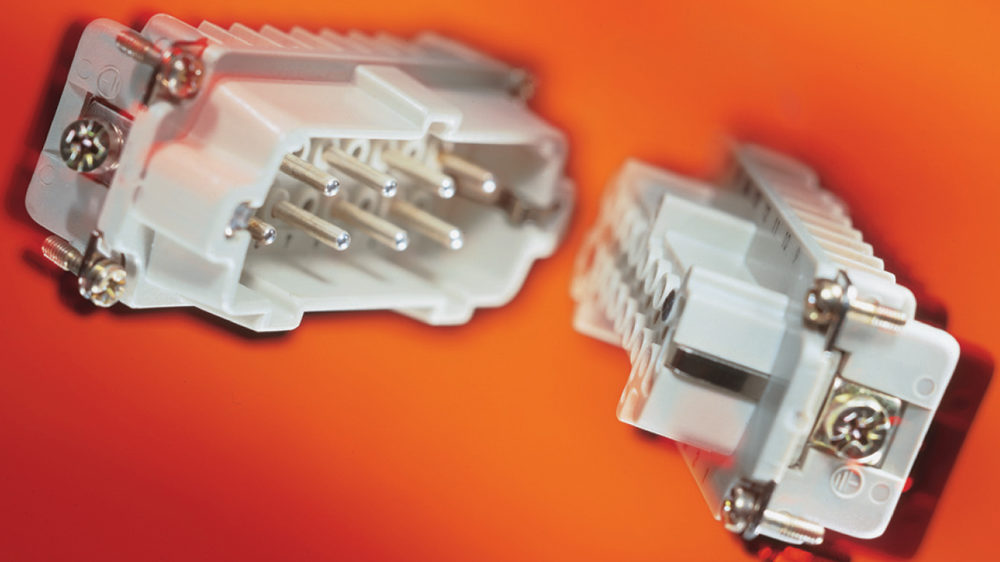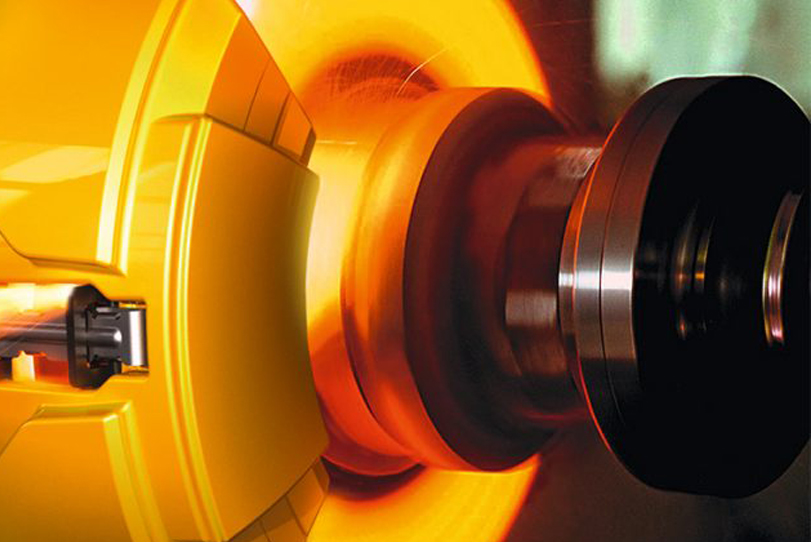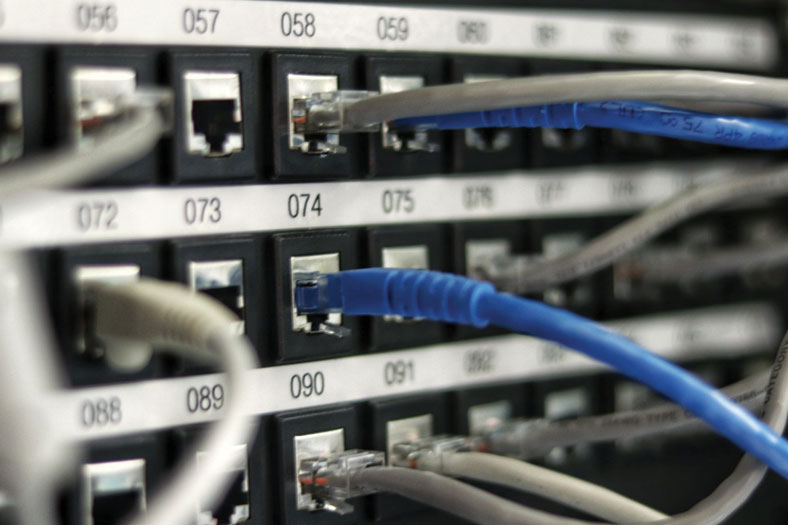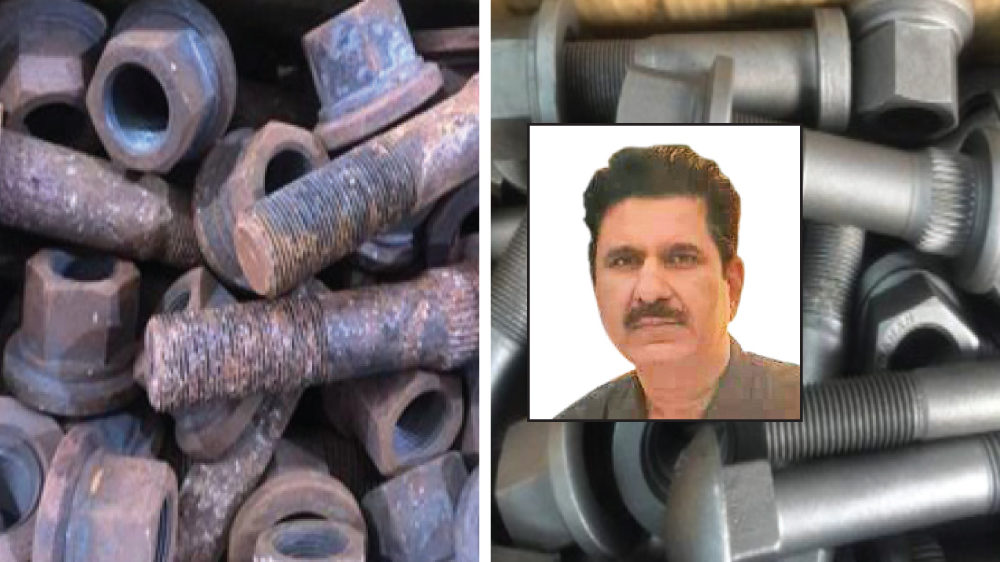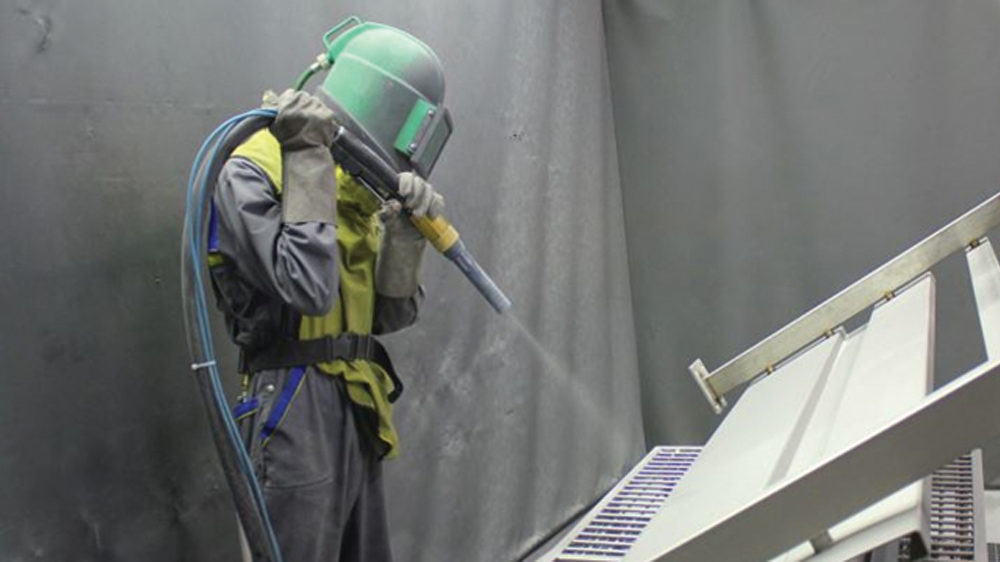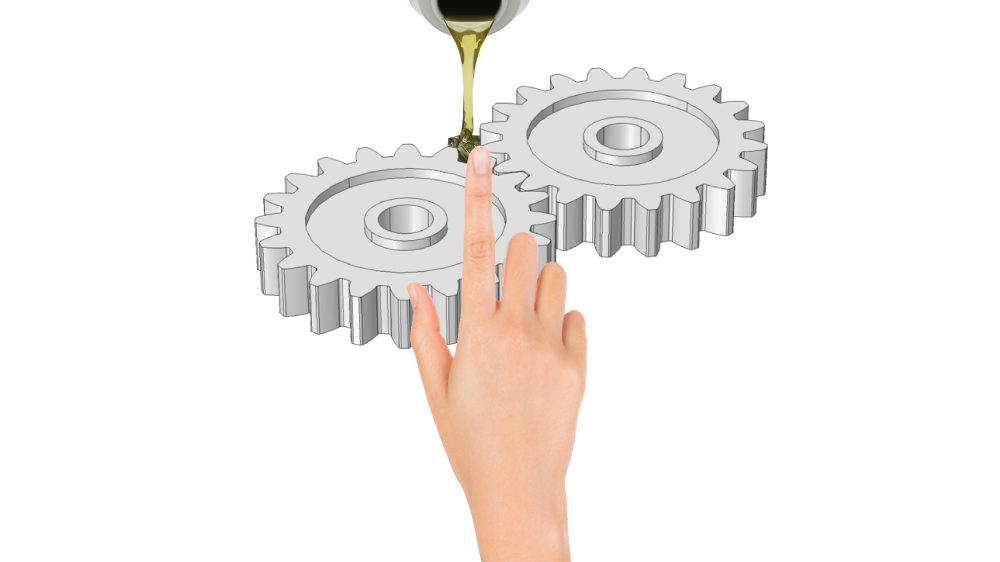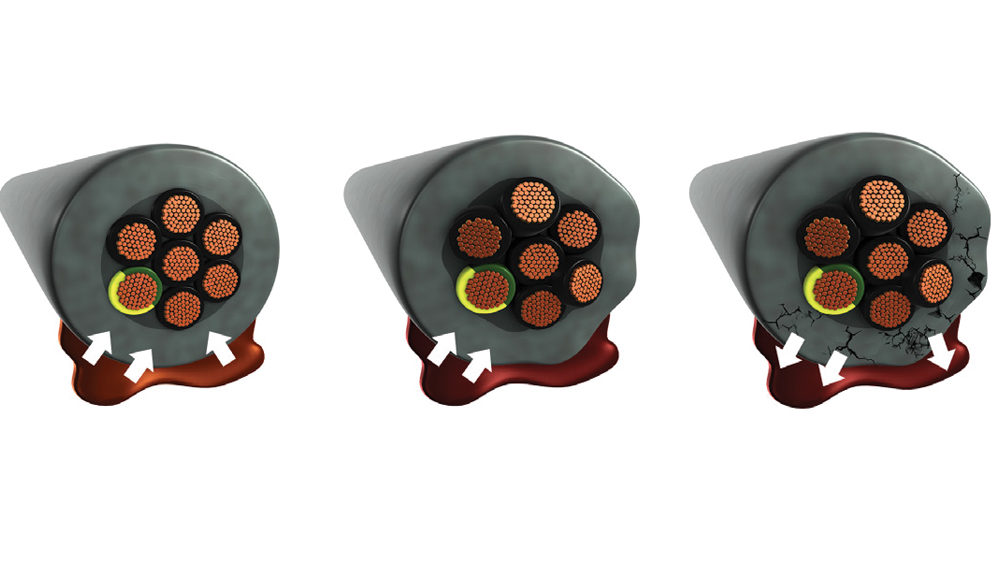Understand connector selection to avoid downtime
By OEM Update Editorial May 12, 2017 12:43 pm IST
This article talks about how to choose the right industrial connector would avoid downtime.
A typical manufacturing plant today will have thousands, or even many thousands, of electrical connections on both fixed equipment and moving machines. And it’s just a matter of time before some of those connections fail or wear out, bringing production machines to a dead stop. One way to minimise this downtime is to “connectorise” power and signal cables.
Multi-conductor cables can often be replaced in just minutes if they have connectors at both ends. Hard-wiring that same cable could take hours.
Connectors prevent downtime
Power and signal disruptions have many mechanical and electrical causes, everything from forklift accidents to overcurrent conditions. With all the mission-critical electrical connections in a modern plant, downtime from damaged electrical connections is a matter of “when” not “if.”
Think of connectors as a low-cost insurance policy against this downtime. While connectors do add a small premium to the initial cost of cabling, they will pay for themselves many times over if they eliminate even a few minutes of downtime on a busy production line.
Connector selection made easy
For all their downtime-prevention benefits, there is one problem with connectors. Call it “connector confusion.”
There are currently dozens of connector varieties and thousands of individual connectors on the market, and even experienced engineers can find it difficult to select the right connector for the job at hand.
Fortunately, connector confusion can be minimised by gathering information on four key technical factors. This information is readily available to any engineer who has already sized the application’s power or signal cables:
• Number of contacts: It may seem obvious that the number of contacts in the connector should match or exceed the number in the cable. But one common mistake is to miscount by not considering the ground. Cable conductor counts typically include ground while connectors do not.
• Wire gauge (AWG): Cable’s wire gauge needs to be within the allowed range of the connector contacts. In general, screw contacts will accommodate a broader range of wire gauges than comparable crimped contacts.
• Cable outside diameter (OD): This fundamental piece of dimensional information is too often overlooked during the specification process. Forgetting OD can have serious consequences. If the OD of the cable is too small relative to the housing, a poor seal will result, creating a performance issue. If the OD is too big, the cable may not fit in the housing easily or at all, creating a potentially costly installation issue.
• Maximum voltage & current: Always double check to make sure the application’s voltage and current are within the rated capacity of the connector. For safety’s sake, this is the cardinal rule of specifying connectors.
When hardening electrical transmission systems against electromagnetic interference, engineers should pay special attention to connectors and cable glands. These connection technologies, if improperly designed, can become the “weak link” in the shielding chain that ultimately determines the electromagnetic compatibility (EMC) of an electrical transmission system.
And unlike cables, connection technologies have not been covered by global design directives for EMC. So it has been up to individual manufacturers to make sure that their connectors and cable glands provide adequate shielding performance. Connection technologies with the best EMC performance have been designed to minimise resistance between the cable shield and ground. In connectors, both goals can be achieved by creating a large-area contact between the cable shielding and a highly-conductive, sealed connector housing. This arrangement allows the connector housing to function as Faraday cage, blocking electromagnetic interference. With cable glands, the maximum shielding performance can be achieved in designs that integrate the gland into the connector housing. These designs not only have beneficial shielding implications, they also eliminate a potential leak path between the connector housing and the strain relief, which increases the ability of the connector assembly to tolerate harsh operating conditions.
Authored by__
Marc Jarrault
Managing Director
LAPP India Pvt Ltd
Cookie Consent
We use cookies to personalize your experience. By continuing to visit this website you agree to our Terms & Conditions, Privacy Policy and Cookie Policy.



